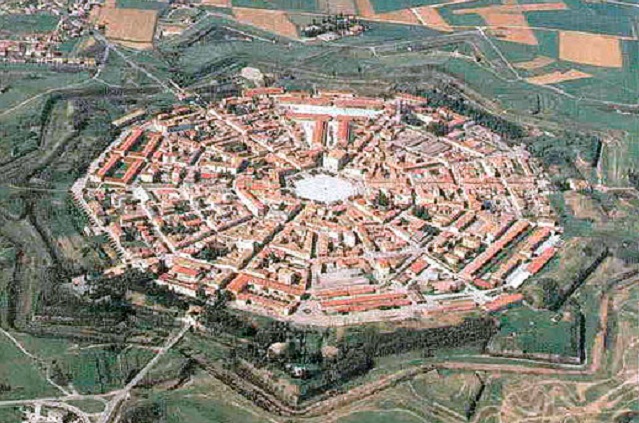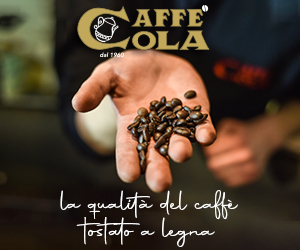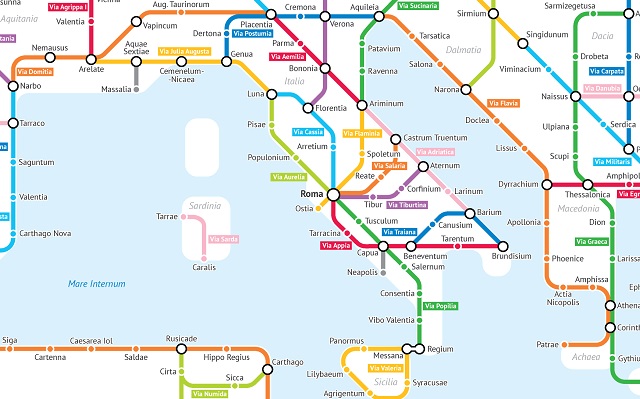Two new Italian treasures were awarded Unesco World Heritage status at the weekend, and the country continues to boast more sites with the honour than anywhere else in the world.
The Venetian works of defence, including three fortress towns in north-eastern Italy, were added onto the list along with a set of ten ancient beech tree forests, bringing Italy’s total number of heritage sites to an impressive 53.
Italy is closely followed in the rankings by China, with 51 sites, trailed by Spain, France, and Germany. Foreign Minister Angelino Alfano said the list demonstrated that Italy was “a genuine superpower of culture and beauty”, praising the teamwork of the various ministries and other organizations which worked on the Unesco bids.
The Venetian works of defence from the 16th and 17th centuries were presented as a joint bid together with Croatia and Montenegro, encompassing the different defensive structures built by the Republic of Venice from 1500 onwards.
Why Italy is giving away 100 historic buildings for free
21 photos that could only be taken in Italy
The stunning movie scene locations you simply have to visit in Italy
In Italy, that included the star-shaped fortress town of Palmanova, near Trieste; Peschiera del Garda, built as an island fortress on the river Mincio in Verona province; and the fortified hill complex of Bergamo.
The document recommending the sites for Unesco status said Palmanova was “widely recognized as the ideal fortified city” and noted the historical significance of all the sites, which demonstrate the shift in military and defensive techniques following the discovery of gunpowder.
The second addition to Italy’s Unesco sites was its primeval beech forests, which were part of another multi-country bid including 11 other nations. In Italy, the forests stretch for over 2,000 hectares from Tuscany to Calabria, areas which were hailed by the Unesco committee as being of “outstanding universal value”.

The path to Unesco recognition is long and complex: each area or site must go through years of consideration and assessment by various experts before it can receive the accolade.
At the moment, the country is preparing further bids for its Prosecco hills, the ‘truffle culture’ of the earthquake-hit region, and Neapolitan pizza.
Italy’s existing heritage sites range from entire cities such as Florence and Venice, to cathedrals, castles and ancient ruins. In fact, so many of its treasures have been recognized by Unesco that in 2016, the country didn’t bother submitting any further bids, to give other countries a chance to catch up.






